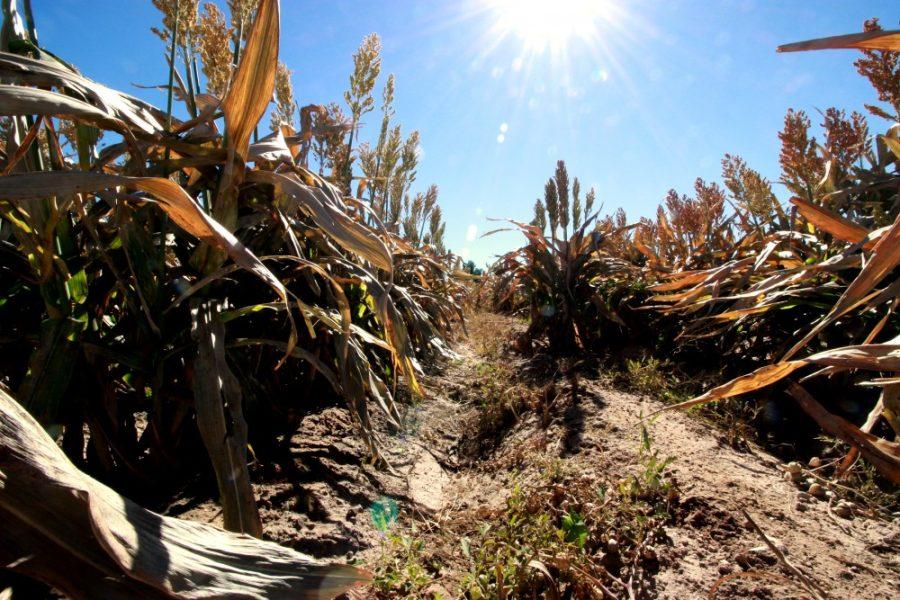Before paying extra for that organic apple, consumers should know antibiotics, mainly streptomycin and tetracycline, are commonly applied onto farm fruits and veggies still organically certified. Because antibiotics are widely used throughout agriculture, the movement toward promoting organic farming may not even be as ideal as it seems.
Through random mutations in their DNA, bacteria develop resistance against these antibiotics rendering those antibiotics useless over time. Antibiotic resistance may even arise in the absence of antibiotics.
A study last year led by microbiologist Jo Handelsman from Yale University in New Haven, Connecticut, found bacteria in manure from antibiotic-free cows helped soil bacteria gain resistant genes against beta-lactams, a class of antibiotics that includes penicillin.
What happens, then, if bacteria still generate antibiotic resistance without antibiotics? A class of toxins known as bacteriocins may be the solution. A team of microbiologists led by Dr. David Baltrus at the UA are studying if bacteriocins, or bacterial toxins that kill other bacteria, can explain the “killing abilities” between communities of bacteria on different leaves of a single plant. Bacteriocins create an antibiotic-like effect.
“If we can make connections about which bacteria kill other bacteria, we can apply them to various plants like Bermuda grass and alfafa, which are feed for farm animals,” said Aretha Raiwe, a veterinary science and Africana studies junior who works in the Baltrus lab.
According to Raiwe, using bacterocins as an alternative to antibiotics may reduce the cost of producing and storing crops and feed by curtailing antibiotic resistance. The difference between bacteriocins and antibiotics is target specificity, according to Kevin Hockett, a post-doc in the Baltrus lab.
“Bacteriocins are relatively more narrow-spectrum than antibiotics meaning they kill very specific strains or species of bacteria,” Hockett said.
Antibiotics, on the other hand, especially broad-spectrum antibiotics such as streptomycin and tetracycline, affect not only the target bacteria but also the surrounding bacteria that were never involved in the outbreak or infection.
Antibiotic resistance could then arise from both the target and the surrounding bacteria, leading to what are known as drug-resistant strains. As antibiotics are often used interchangeably in agriculture and medicine for the same target bacteria, antibiotic resistance leaves both crops and patients vulnerable to infectious bacterial diseases.
Bacteriocins have massive potential. Already utilized in the food industry is nisin, a well-known bacteriocin additive in processed foods, including meats and cheeses, that prevents spoilage and bacterial contamination.
“It has been used for decades and licensed in over 50 different countries,” Hockett said. “So let’s try translating what they’ve done there into agriculture.”
Follow Pearl Lam on Twitter.









